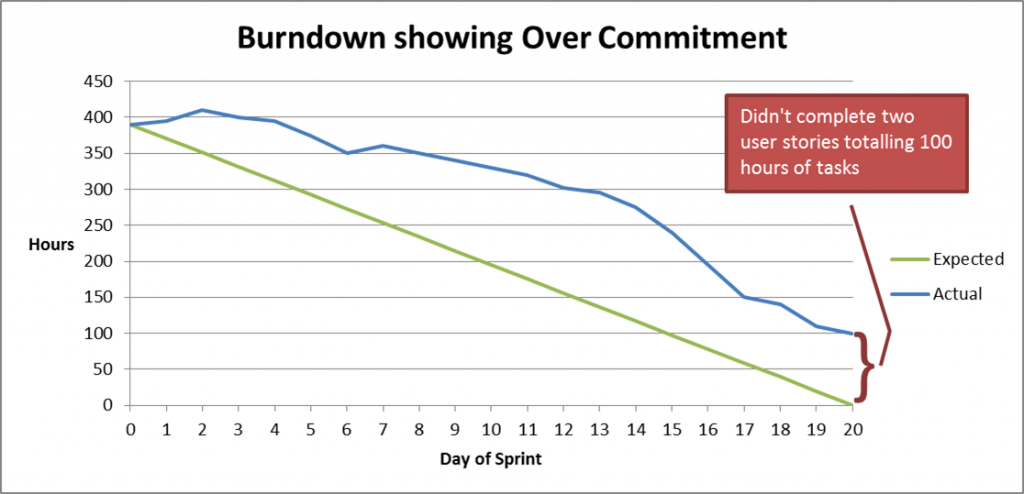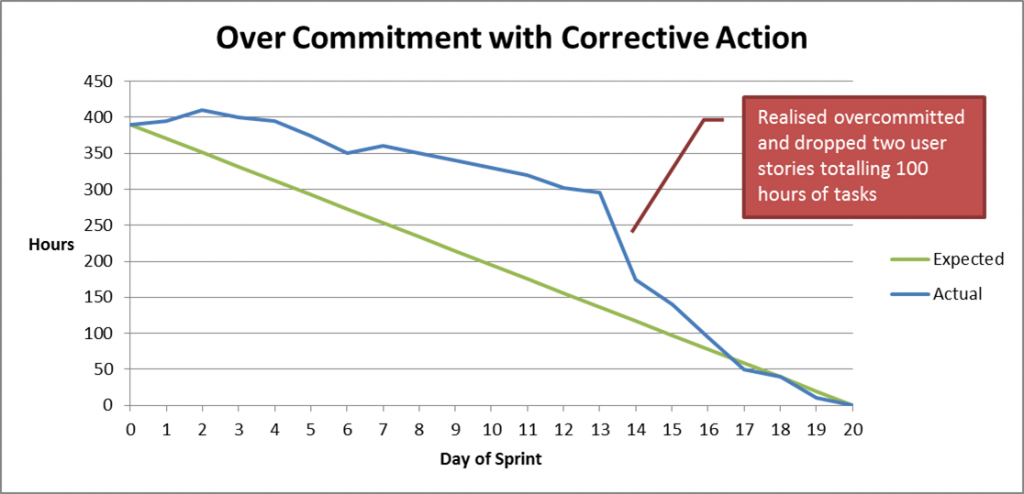This is what having a large number of tasks unfinished at end of Sprint looks like:

Not pretty.
It is best to avoid over commitment so the answer to “What do I do When Tasks in the Sprint Plan are not Finished?” is to lower your expectations next time you go into planning. Using Scrum language you should ensure the team only commit to what is achievable, and that is obviously less than they thought was possible the last time around.
You’ve also got to tidy the up the mess left by the previous Sprint. Have a look at the unfinished tasks and decide if they are necessary for your high priority user stories. If so, then schedule them into the next Sprint. If not, then forget about them.
Finally, you have to decide what credit you can give yourself, i.e. what velocity you earned in the previous Sprint. Personally I start hard line about this. You can only claim a user story if it is completed, so you can only add the story points for that user story if all the tasks have been completed. No partial credit.
Having said that:
- If you find that the unfinished tasks are actually unnecessary then you can claim credit for the whole user story.
- It is sometimes possible to split a user story into meaningful sub-parts. If one of the sub-parts has been completed then you can claim the story points of the sub-part for velocity
This post is part of my What do I do When … ? series. Please drop me a line or add a comment if you’ve got a question you’d like answered.

